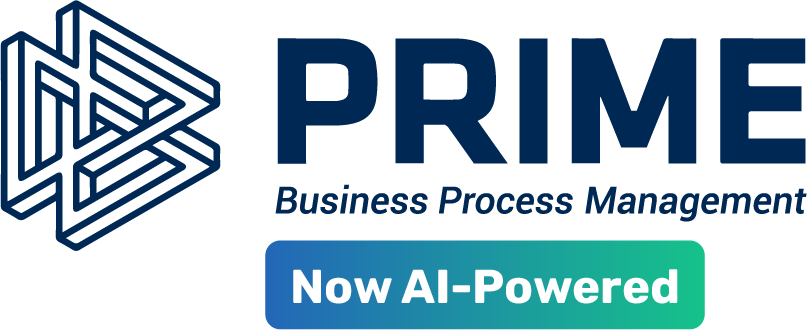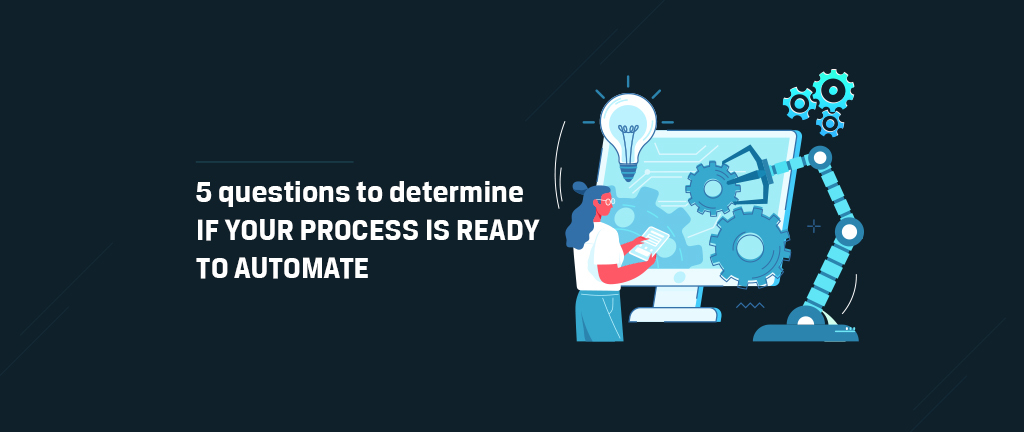The promise of greater efficiency, increased productivity, reduced manual errors and decreased time has put process automation on top of the bucket list for organisations. However, not all automation projects deliver on the promise.
As per analyst estimates, as many as 30-50% of all automation projects fail to deliver on expected benefits. The low success rate is primarily because organisations rush forward on their process automation initiatives without putting the key elements in place.
Many simply consider automation as a magic fix for processes and jump straight to it. This approach delivers modest benefits but doesn’t deliver the expected outcome. To ensure the desired result, organisations first need to make sure the process is ready to automate.
Consider these 5 questions to check the automation readiness of your process and determine if you are ready to take the plunge:
1. Do you understand your as-is process?
Is your process well-documented? Do you understand the start and the end of the process? Do you understand how the data is exchanged and how the information flows? Do you have clarity into preceding and succeeding processes and task-level details?
If you don’t have answers to these questions, then you need to take a step back and create a business process map. Unless you have clarity on how the current process works, you will not be able to establish a quality scope for your process automation project. Without a process map, you are flying blind and putting your automation project at high risk.
2. Do you know the ‘why’?
Why do you want to automate the process? What is your objective—is it obtaining compliance, increasing capacity, saving time, or reducing cost? This needs to be clearly defined and understood before you even dip your toes in the process automation waters. A clear understanding of the goals and objectives of process automation will help you set the tone of the project. Having a clear end goal is a must to monitor project progress and keep the team motivated and committed by showcasing milestones along the way.
3. Have you improved the process?
Improving a process before automating is a critical step. As Bill Gates has observed, “Automation applied to an efficient operation will magnify the efficiency, but automation applied to an inefficient operation will magnify the inefficiency.”
In essence, if you automate an inefficient manual process, all you get is an automated inefficient process. Hence, if you go on to automate your current process without any improvement or analysis, you may achieve modest benefits. However, you will miss out on an opportunity to significantly improve process outcomes, costs, and cycle times.
4. Have you done a cost-benefit analysis?
Before taking the automation plunge, you must weigh the cost associated with automation against the benefits. You must consider all intangible benefits, right from removing redundancies, improving employee satisfaction and retention, to decreasing errors.
Further, you also need to take note of the ripple effect on interlinked processes/departments on account of automating a particular process. Finally, don’t just look at the short-term benefits but look at the bigger picture and also consider the impact of automation on future projects and initiatives.
This extensive analysis will help you determine whether automating the process will be beneficial and financially feasible.
5. Do you have the right team?
To ensure automation project success, you must build a dedicated team and ensure the right combination of skills and roles. From business process analysts, automation experts, subject matter experts, and security infrastructure technology analysts, diverse roles need to be put together to drive end-to-end automation.
Furthermore, it is critical to involve your IT team to get clarity on security and infrastructure requirements for the process. Managing security requirements initially will avoid any hindrance and delays at a later project stage.
Conclusion
Once all the above-mentioned points have been ticked off, you are all set for the big leap and ready to embark on your process automation journey.
To get step-by-step instructions and expert tips on how you can automate your business processes, read the free eBook: “Effective Steps to Process Automation Success.” The resource shares best practices to maximise the benefits of your process automation project.





